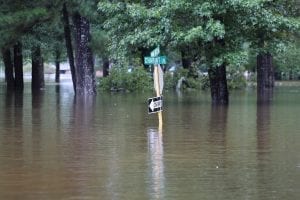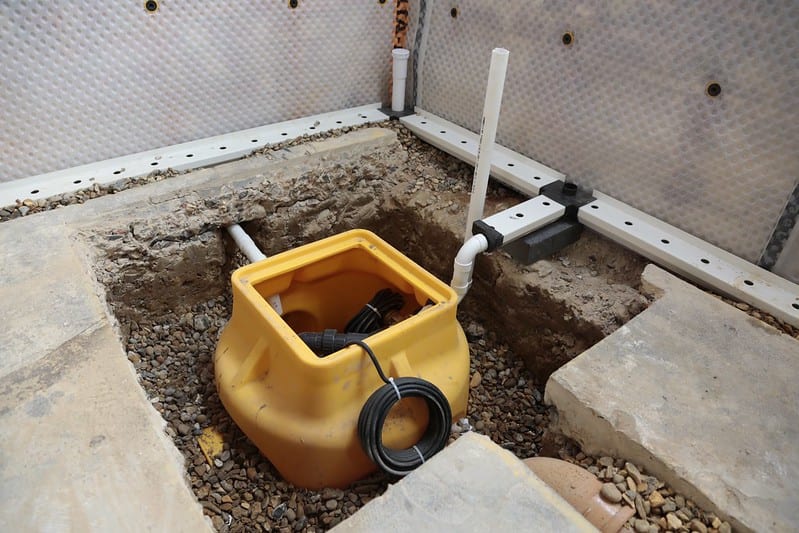It’s never too late to learn about homeowner insurance coverage on water damage. You might think that it’s not necessary but there’s really no telling when it comes to the future.
Water damage is one of the most common issues for homeowners. Most of the time, they are caused by a fire, flood, or a simple leak. Although water damage might seem like a measly problem you can clean up with a mop— it’s actually a big deal. it can actually lead to several problems such as mold growth, structural problems, and even flooding.
So what happens if you do experience water damage in your home? Fortunately, homeowner insurance usually covers some of the destruction left by water damage. However, they don’t cover everything.
In this article, we’re going to dive into what homeowner insurance covers and what they don’t cover.
What’s covered
Out of all the home insurance claims related to property damage that were filed from 2013 to 2017, more than 30% were for water damage.
So, what are some forms of water damage that homeowner insurance covers? Surprisingly, plumbing issues, weather-related water damage, and even vandalism are covered.
Plumbing Issues
Plumbing issues not caused by lack of maintenance will definitely be covered by homeowner insurance. These are things such as burst pipes and accidental overflows. However, things such as rusted old pipes due to neglect are more likely to not be covered.
Stormy Weather
Water damage caused by stormy weather, such as snow, ice, or rain events will be covered because they are considered sudden, unpredictable, and short term. These include heavy snow, windblown rain, and ice clogged drains. Extensive flooding events are usually not covered.
Vandalism
Vandalism isn’t a common source of water damage and it may seem different compared to sudden events such as burst pipes or stormy weather. Despite this, homeowner insurance will cover damage caused by a home invasion. For example, if the intruder broke a pipe, it will get replaced by the insurance company.
What isn’t covered
Now that you have an idea of what’s usually covered by homeowners insurance, here are a few things that won’t be covered.
Gradual Water Damage
Homeowner’s insurance will only cover water damage caused by a sudden event. So, gradual water damage such as slow leaks that happen over a long period of time won’t be covered and be rejected by your insurance company.
Large Scale Flooding

Flooding won’t necessarily be covered by homeowner’s insurance because flooding has its own category. A specific flood insurance will cover flooding. Usually, this type of coverage is provided by private insurance companies and the National Flood Insurance Program.
Poor Maintenance
Long-standing maintenance issues won’t get covered by insurance plans making it more important than ever to observe and assess your home for any signs of water damage early on.
A few things to keep an eye on in your home include roofing, plumbing systems, and foundation. Keeping a record of your assessments will help a lot in the future if you do need to claim insurance to prove that your water damage isn’t due to homeowner neglect.
If you are a renting out a space, having an online property management software might help with making maintenance requests slightly easier. This will ensure that your property is up to date with maintenance, helping decrease the chance of water damage.
Sewage Overflows
Lastly, if water damage is resulted by sewage flowing from an external tank or drain, it won’t be covered by standard home insurance policies. However, in some cases, many home insurance providers offer supplemental sewer back-up add-ons to help you in these situations.
How to File a Water Damage Claim
When it comes to filing a water damage claim, we think these three steps are essential to make sure the process is seamless and hassle-free.
Start Immediately
It’s never too early to start the process. In fact, it’s always better to start the process as soon as you can. The longer you wait, the more likely the damage will continue to worsen and the more likely your claim will be rejected. Most insurance companies need you to be swift and file a claim as soon as you can. So, before you lose any sleep from regret, you might want to get started on that claim.
Document the damage
In insurance, a picture can make or break your claim. If the situation allows, grab your phone and take some pictures of the damage. It would also be great if you could go through some old photos to showcase the evidence that the damage was indeed sudden and not gradual.
Consult with an agent
No one expects you to be an expert of your home insurance policy. Although having extensive knowledge on the subject would be great, going to an agent and getting together to get the paperwork done would lighten the load for you. Also, you would be getting an expert’s knowledge on the subject, helping you understand the situation better.
Final Thoughts
It’s never too late to learn about homeowner insurance coverage on water damage. You might think that it’s not necessary but there’s really no telling when it comes to the future. By knowing what and what’s not covered by your homeowner’s insurance company, it can save you a lot of time and it might help someone else who’s going through a rough time due to water damage.


Join the conversation!